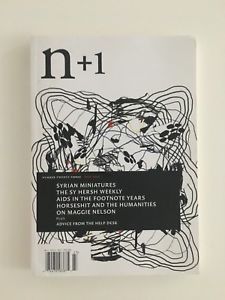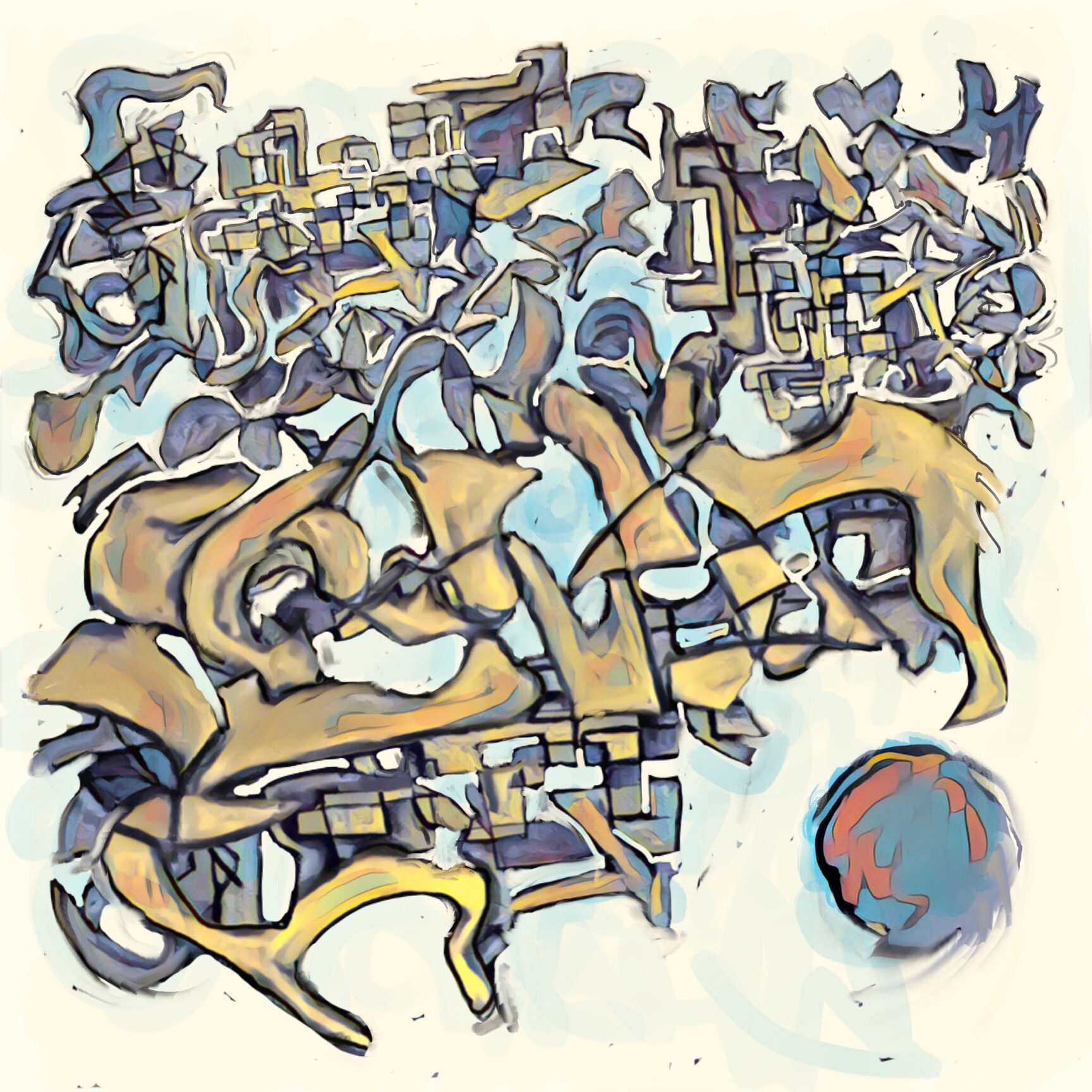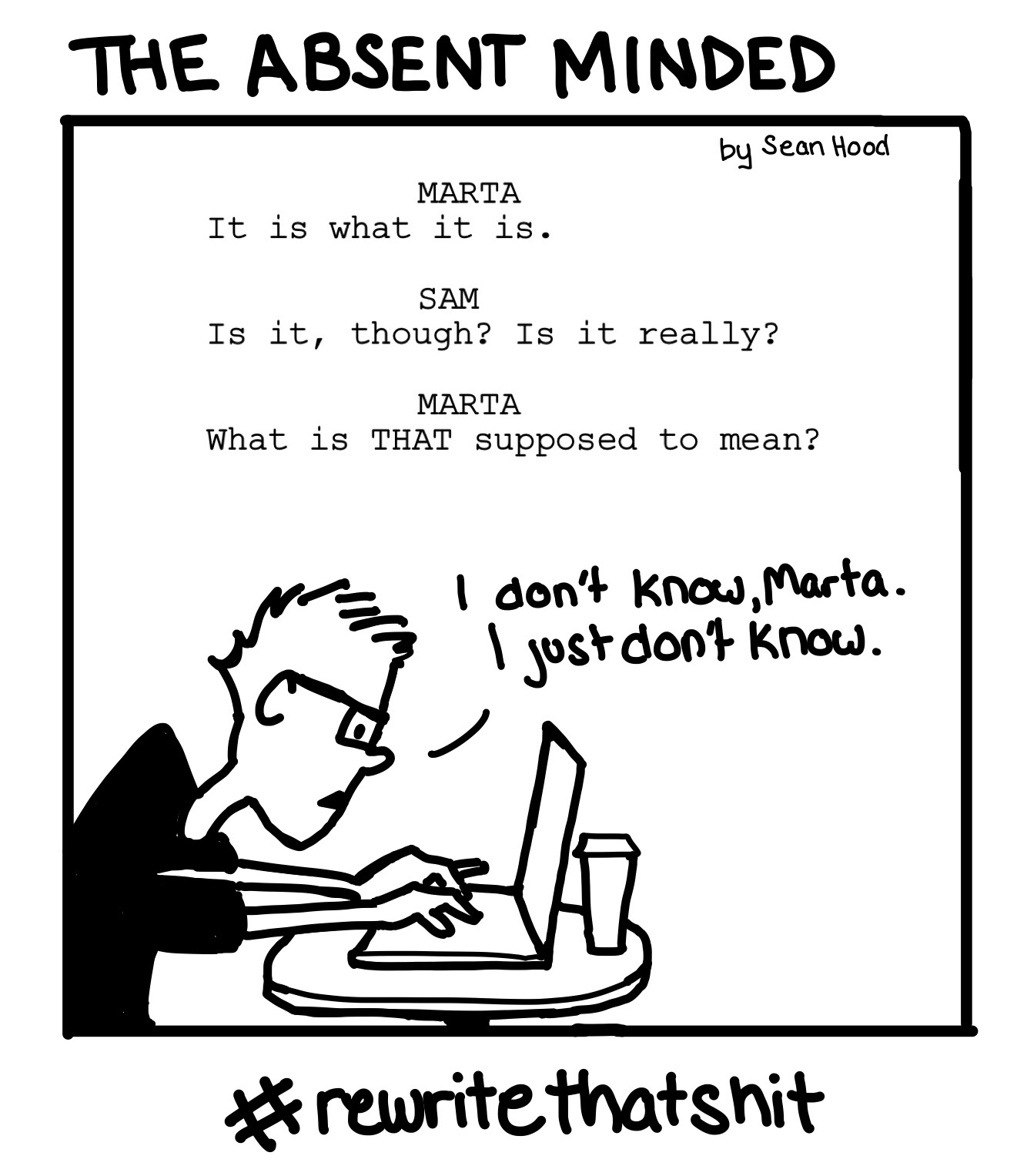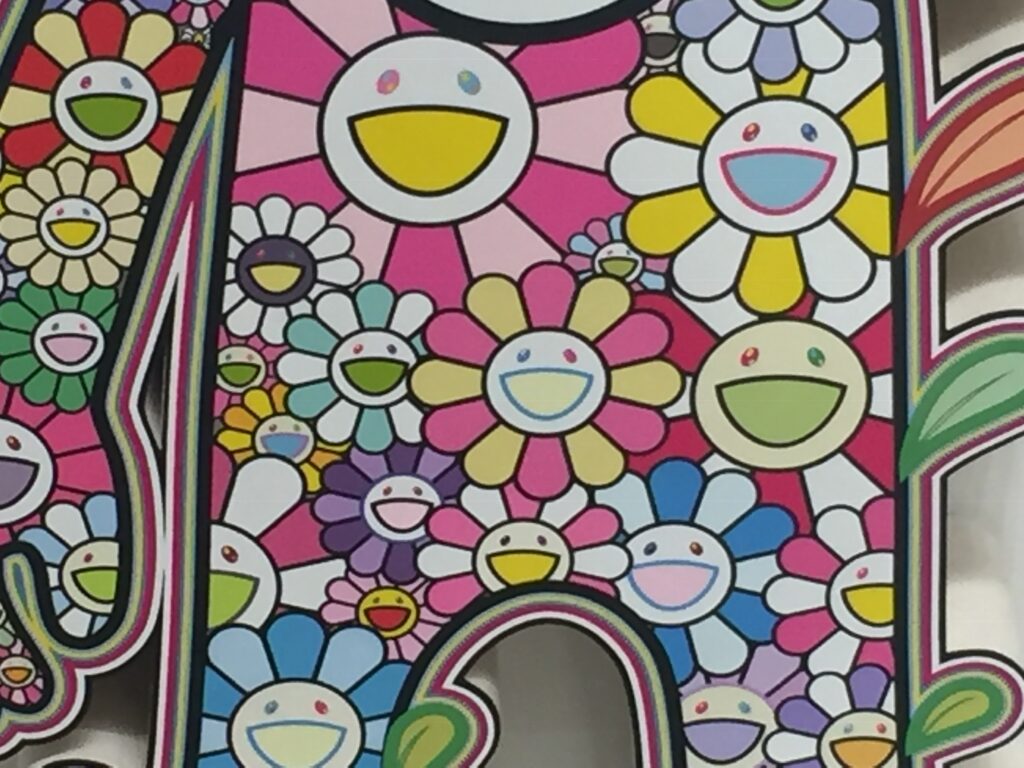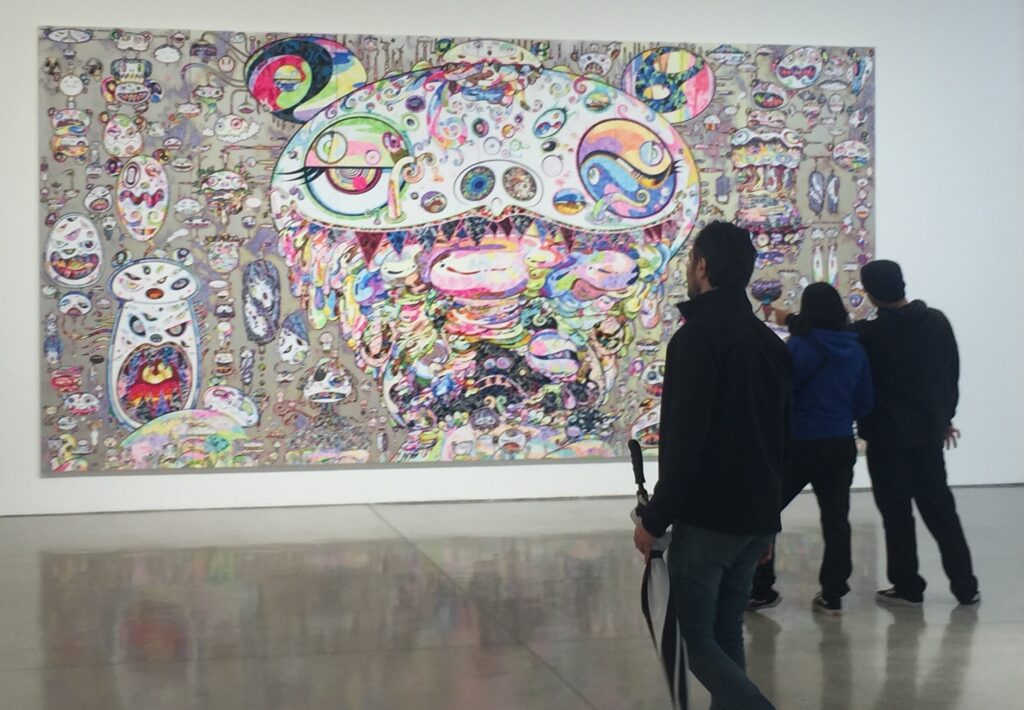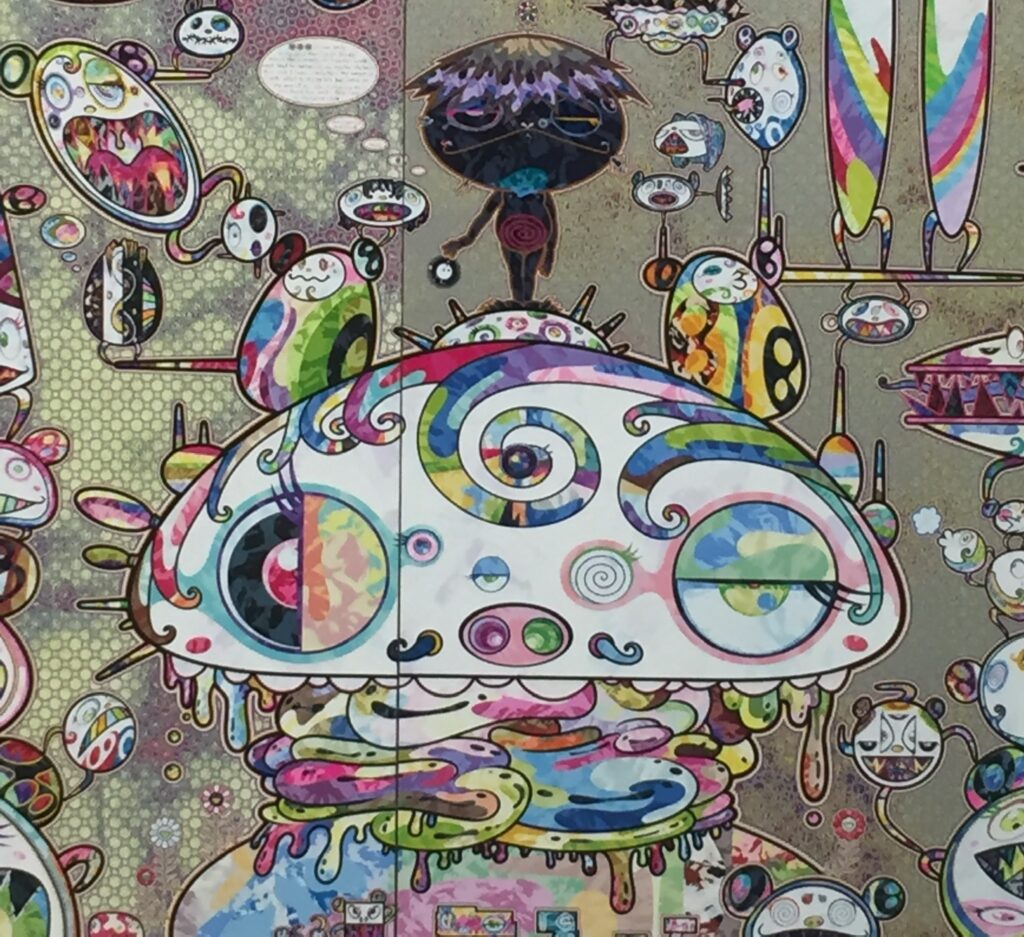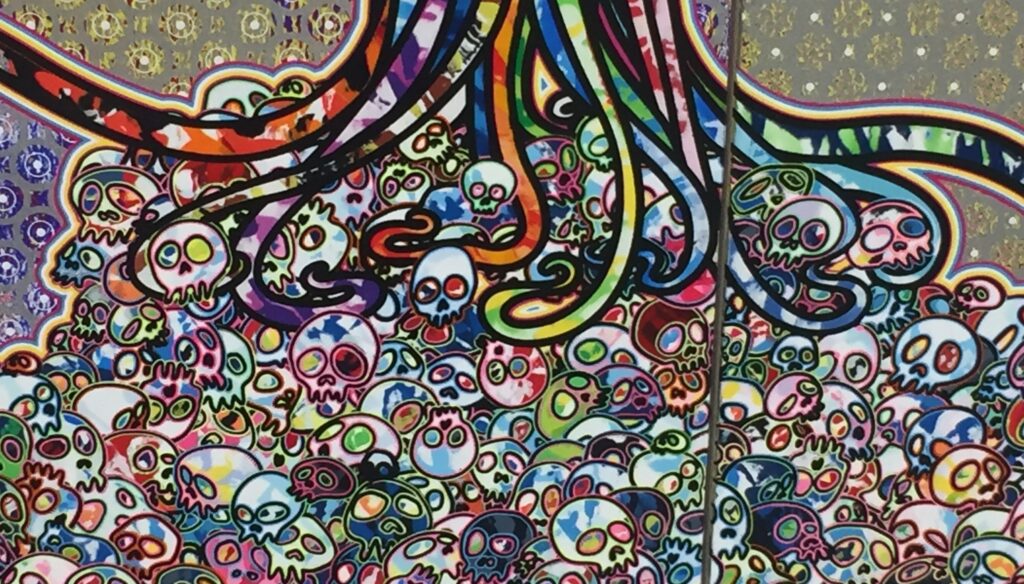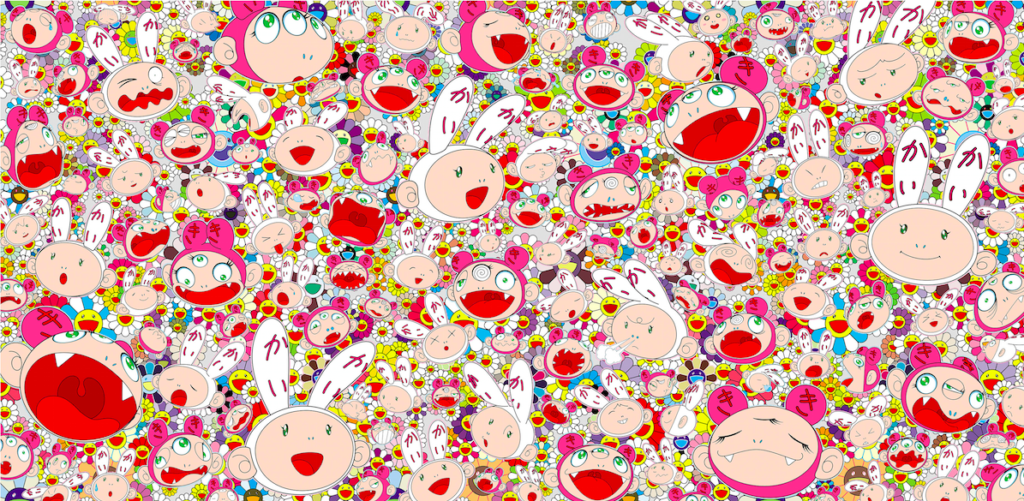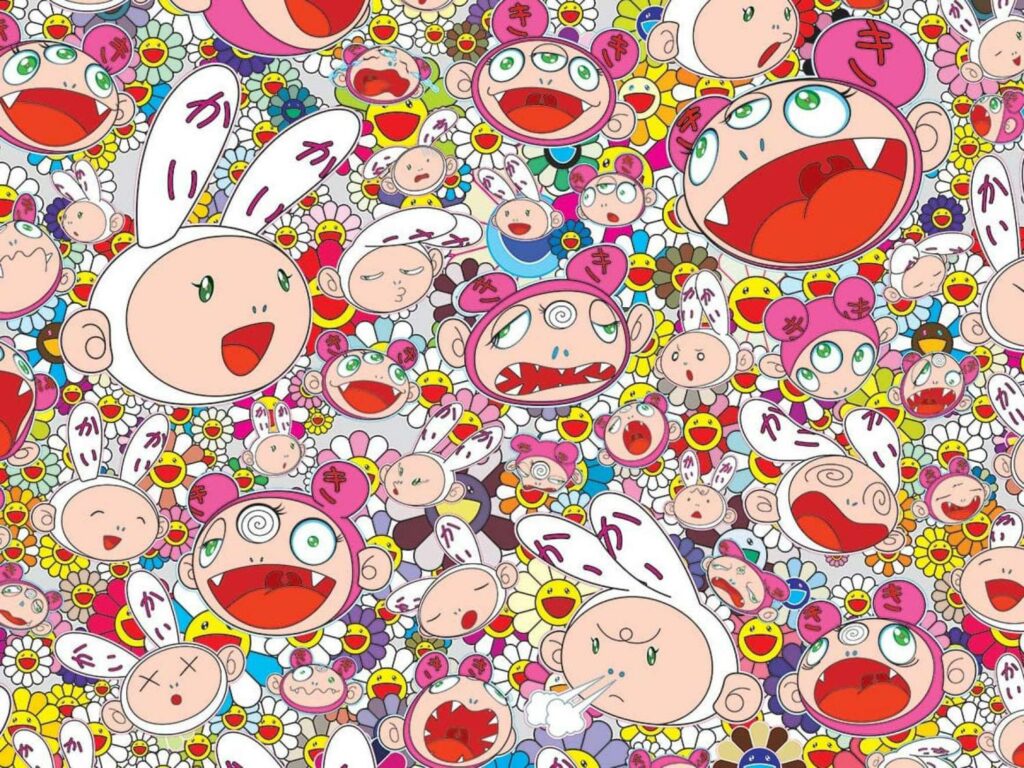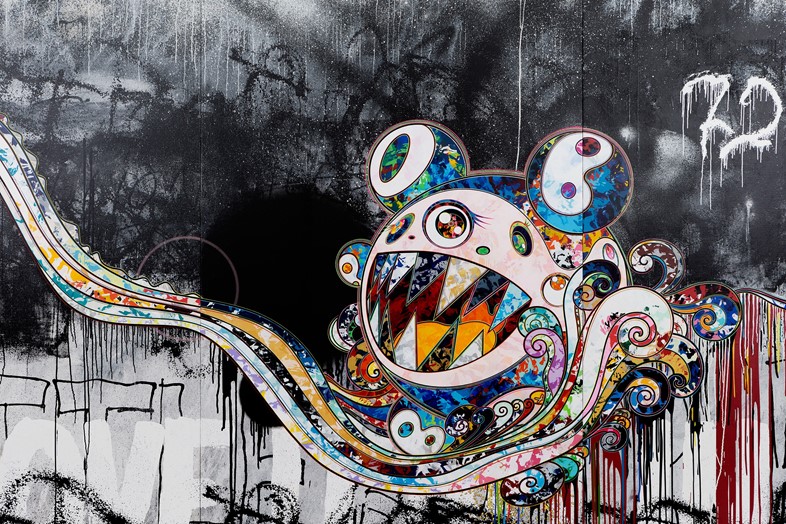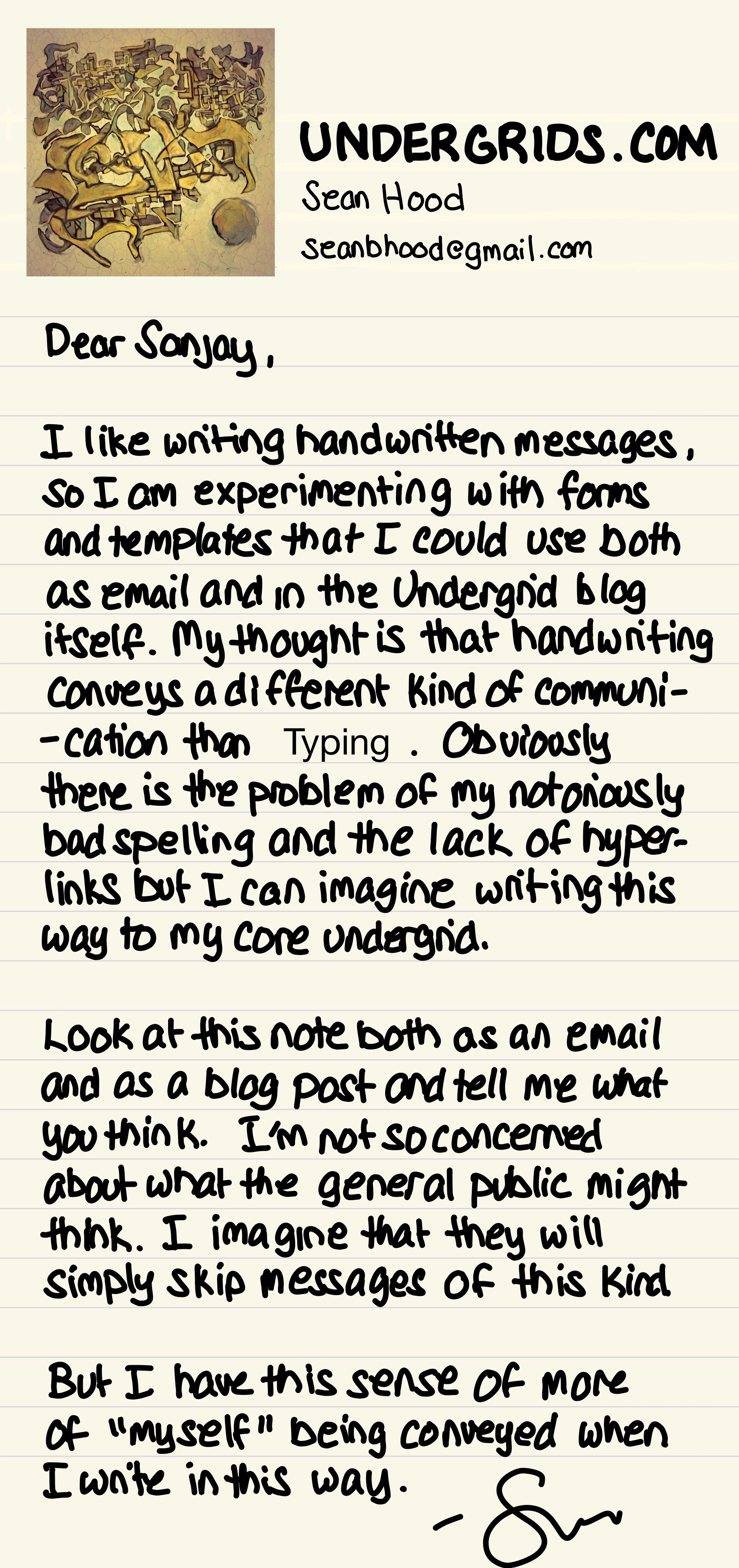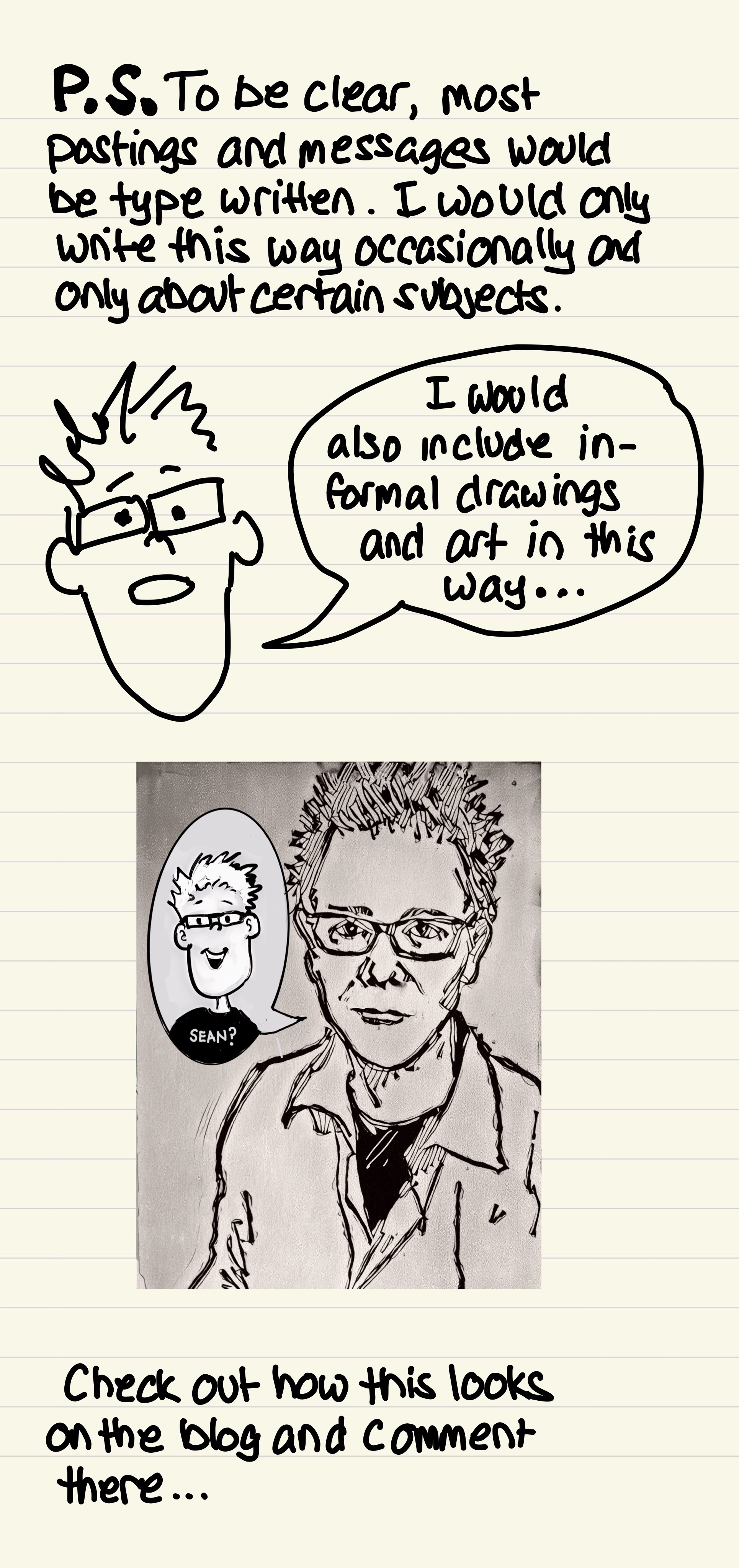Ask A Screenwriter #2
Save the Cat is a popular screenwriting book for beginners; it offers a simple, humorous and accessible introduction to story structure. It gives just about any reader the feeling that he/she/they too could turn their idea into a movie script.(How To Write a Screenplay in 21 days! was the first in this genre.)
With a few basic concepts like “The seven immutable laws of screenplay physics!” along with a basic structural template and a few charming anecdotes, inspired readers of Save the Cat can often finish their first draft and get a sense of having done it. “I wrote a movie script!”
Of course, writing a movie is much harder than the witty and beloved Blake Snyder makes it seem. 90% of the writing process is REwriting, and most of the problems professional writer’s struggle with aren’t covered in “the last screenwriting book you’ll ever need.”
Writing a TV series is a vastly, VASTLY larger and more complex undertaking than writing a movie, which is why a series is written by a ROOM full of writers, instead of just one. The process just doesn’t lend itself to glib simplification and fill-in-the-blank templates. That doesn’t mean writing a great film is easier than writing great TV. It just means that creating a TV series is usually the wrong project for a starry-eyed beginner to attempt. It would be like tackling an epic, thousand-page novel before having even written a short story.
All of that said, two books I’ve read are good for beginners:
Writing the TV Drama Series: How to Succeed as a Professional Writer in TV written by Pam Douglas, who teaches TV writing at USC. (Full disclosure: she is also a colleague, so I like to plug her book.)
Writing the Pilot, by William Rabkin
However, you’ll notice that some Amazon reviewers complain about these books. “I was looking for a Save the Cat type book with a beat sheet, offering some type of structure or format. Although a lot of people like this book, sadly my expectations weren’t met.” So, you aren’t alone.
Unfortunately, I’m not sure an easy-to-read, anyone-can-do-it, Save-The-Cat-style book on TV writing is really possible, and if you are serious about learning the craft and ultimately creating a series, it’s better to leave behind the beginner’s fantasy that one exists.
I answered this question on Quora in the space Ask A Screenwriter. Here are my recent articles On Screenwriting.
